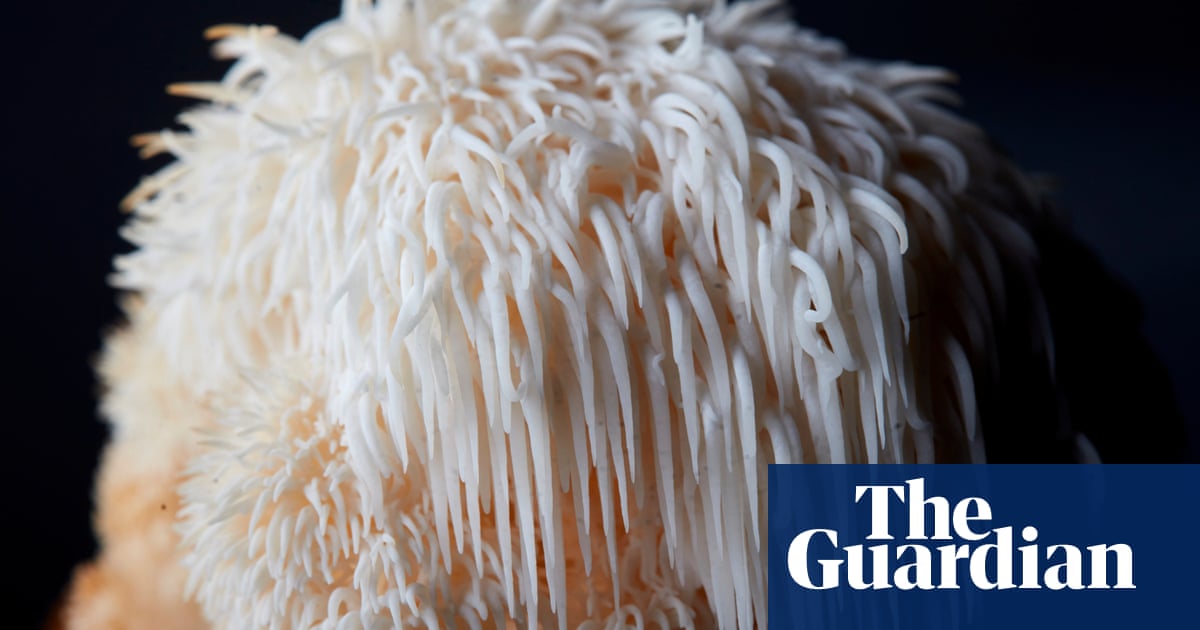Henry Jephson was wandering around the countryside near Bristol during a Covid lockdown when his eye was caught by the ghostly appearance of a lion’s mane mushroom, its shaggy fronds hanging across a tree trunk.
Jephson, the head of research at the Bristol Fungarium, knew he was looking at something rare and special. A staple of traditional Chinese medicine, the lion’s mane is also native to the UK, but is under threat. The “absolutely enormous” specimen spotted by Jephson was the first to be seen in south-west England in eight years.
Little did he know then that the fungus would change the focus of Jephson’s work. He is now working with Natural England and the Royal Horticultural Society (RHS) to get native mushrooms back into England’s woodlands. He helps run a mushroom farm, which has pivoted from growing oyster and shiitake mushrooms for restaurants, to conserving native fungi and creating health supplements from them.
This is the best summary I could come up with:
Henry Jephson was wandering around the countryside near Bristol during a Covid lockdown when his eye was caught by the ghostly appearance of a lion’s mane mushroom, its shaggy fronds hanging across a tree trunk.
Speaking at the Oxford Real Farming Conference, he said: “The mushroom was smashed all over the ground in big soggy pieces.
And so finding ourselves in a slightly unique situation because they’re illegal to collect, we picked up a solid lump of lion’s mane and took it back to the mushroom farm and started trying to get a clean culture of it.”
He also spoke to the landowner, who was unaware of the rare nature of the fungus, and he has left the tree stump alone, with lion’s mane still growing on it.
Rare fungi are not just at risk from unwitting landowners and their axes – there are fears that spores from commercial farms could be spreading into the wild and affecting native mushrooms.
“Mushroom farming is getting more and more popular, which is great,” Jephson said, “but all these commercial strains coming in, all these spores being put out in the environment, we just don’t know what they’re doing to local ecology.
The original article contains 713 words, the summary contains 199 words. Saved 72%. I’m a bot and I’m open source!
Liked the ‘spawn’ pun in the headline.




